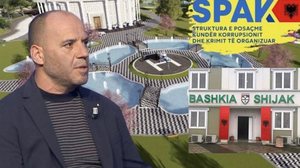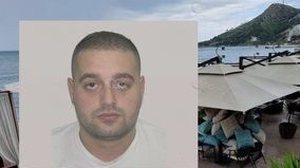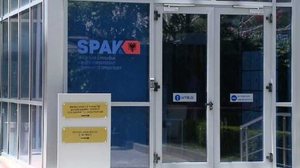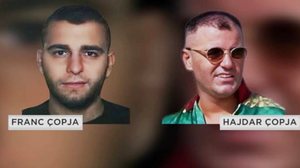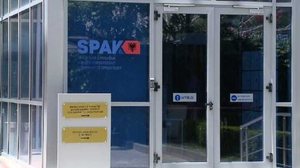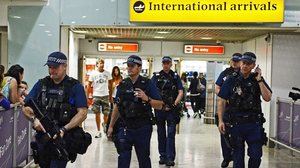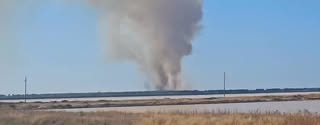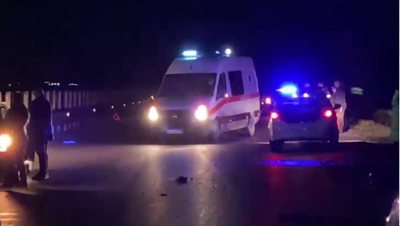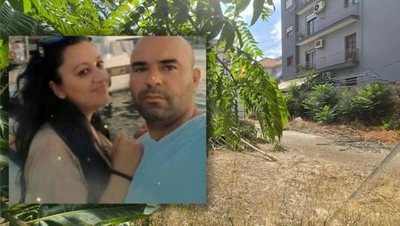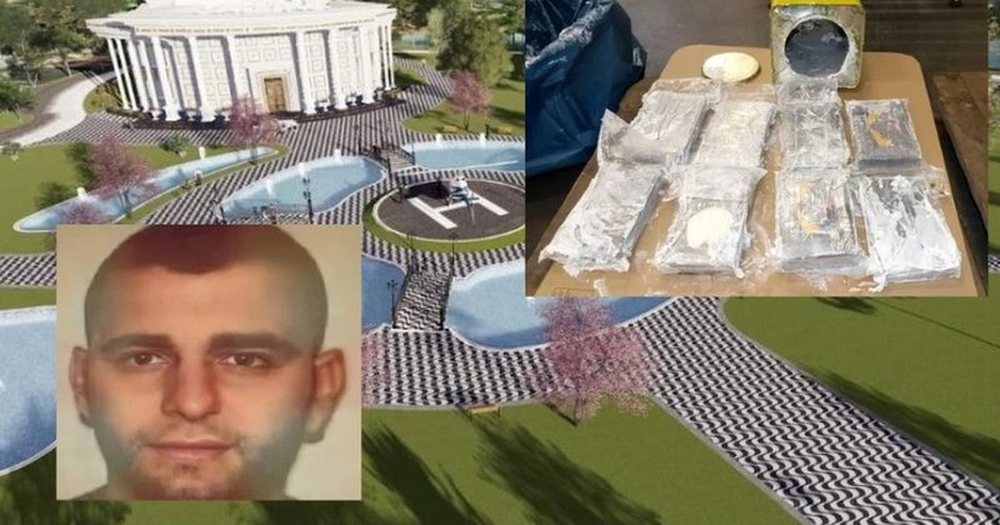
SPAK has uncovered two routes used by the organized criminal group trafficking cocaine from Latin America to European Union countries.
While considered one of the most powerful Albanian organizations in international cocaine trafficking, the group led by Ervis Çela and Franc Gergely alias Franc Çopja transferred money gained from drug trafficking through a well-organized and highly sophisticated scheme, which aimed to avoid financial tracking and hide their criminal origins.
There were two main methods used: the physical transport of cash and the informal transfer system known as "hawala".
The money was mainly transported from EU countries to Albania, clandestinely, through networks of trusted drivers on international passenger lines. This helped them avoid banking systems and customs controls.
At the same time, the network used alternative transfer methods without bank traces, channeling funds to countries like Bolivia, which offered favorable conditions for money laundering.
This combination of techniques guaranteed the criminal organization a continuous and secure circulation of hundreds of millions of euros from drug trafficking activity.
Money circulation and management:
The investigation has shown that this group had set up an extremely sophisticated financial mechanism to circulate and hide the proceeds of criminal activity. One of the main methods was the physical transport of cash from EU countries to Albania, using mainly Albanian bus drivers for international passenger transport. This method had several advantages for the group:
Avoidance of bank tracing and the legal obligation to declare the source of funds;
Avoidance of official customs controls, by using short routes and less monitored border points;
Security through a trusted network of drivers, whose number was limited and selected on the basis of a relationship built on mutual trust.
Drivers, in exchange for the service and the risk assumed, benefited from a fee of about 2% on the amount transported. These payments were made directly by the members of the group and guaranteed by the persons responsible for managing the financial logistics.
Key figures such as Ervis Çela and Franc Çopja, as well as other associates, played an active role in organizing these transfers. Internal payments and compensations were often disguised through other secret transactions, designed to leave no trace in the official financial system.
In addition to physical transport, the network also used an informal transfer system known as “hawala” or “token”, where large sums of money circulated through a chain of intermediaries without any banking records. A significant portion of the funds were channeled to Bolivia, which, due to its low level of financial control and strategic location, served as a key hub for completing international money transactions.
The combination of these methods, physical transport with trusted drivers and the informal transfer system, enabled this criminal organization to circulate hundreds of millions of Euros in cash, significantly reducing the risk of seizure and ensuring the continuity of its activity on an international scale.


